The sand takes me by surprise. It seems a strange thing to say, but my first reaction on stepping onto Playa del Duque, one of the most upmarket beaches on Tenerife, is one of confused surprise. The pale golden sand doesn’t feel like”¦well sand.
This is a new one on me. Tenerife’s black volcanic sands can burn like a branding iron and some man-made beaches such as Playa de las Teresitas feel like being at the centre of a Saharan sand storm at the first suggestion of a breeze, but they are usually soft on the soles. With every step, Del Duque’s harsh pale grains nip at my feet with the ferocity of miniscule terriers.
After being mugged by the sand, the next objective is to find a spot to lay out my beach mat. In front of me is a wall of straw umbrellas and beyond that, hugging the shoreline, is another wall of rainbow coloured parasols. It’s a sizzling hot Saturday morning in August and Spanish mainlanders are on the beach en masse occupying their favourite playa position right beside the water’s edge. They seem to instinctively know the surf’s limitations, their towels inches from where the waves teasingly lap the sand.
As a sufferer of beach claustrophobia, I stretch out on the empty expanse just behind the sunloungers and soak up the surroundings.
Lying at the western end of Costa Adeje, Playa del Duque is separated from the rest of the resort by a large rock formation jutting far out into the sea which acts as a natural curtain lending the beach an air of detached exclusivity. The Gran Hotel BahÃa del Duque dominates the backdrop to the beach. Its palatial main buildings and mock Canarian beach-side architecture makes the area feel like one giant film set. Del Duque’s St Tropez style beach huts and a white restaurant on stilts, straight out of the Caribbean add to the Hollywood feel of the place. With its movie star looks, golden sand and powder blue seas, it’s a beautiful looking beach for sure.
 The feeling of being on a film set is enhanced by the fascinating beach opera being performed all around me ““ a beach opera starring Del Duque’s colourful hawkers. The score is provided by fruit vendors carrying baskets filled with melons, pineapples and coconuts who sing “˜Tooty fruiteee, veetameen, cocos-nuts’ as they parade between the bronzed audience.
The feeling of being on a film set is enhanced by the fascinating beach opera being performed all around me ““ a beach opera starring Del Duque’s colourful hawkers. The score is provided by fruit vendors carrying baskets filled with melons, pineapples and coconuts who sing “˜Tooty fruiteee, veetameen, cocos-nuts’ as they parade between the bronzed audience.
The dancing comes courtesy of a couple of svelte, sarong sellers demonstrating their wares by weaving amongst the sun beds, swirling and twirling bright sarongs with the grace and sensuality of harem dancers. Finally, preparing the extras for the shoot, are the South East Asian masseurs; gently kneading sunbathers’ muscles that are, let’s face already pretty damned relaxed.
Then the villains of the piece appear in the form of a police car at the back of the beach; the singers fall quiet and the dancers, with practiced perfection, drop their sarongs to reveal bikinis. As the sarongs fall to the ground covering the rest of their stock the two girls follow suit, lying atop the bright cloths like any other sunbather”¦and Act 1 of ‘scene at Playa del Duque’ comes to a close.
After broiling nicely for an hour and a half in 30C+ temperatures, my flesh feels cooked enough to slide easily onto a kebab skewer. Common sense dictates a change of scene. I make my way across the harsh sand to the cool shade and even cooler décor of the stylish beachfront bars at the rear of the playa, order a frosty beer and settle back to see what Act 2 brings.


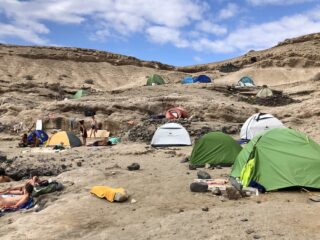
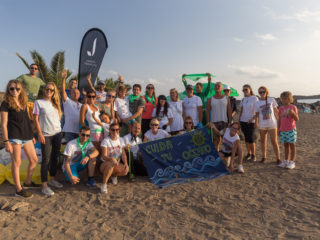
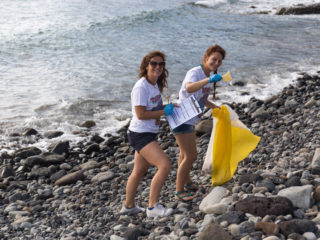
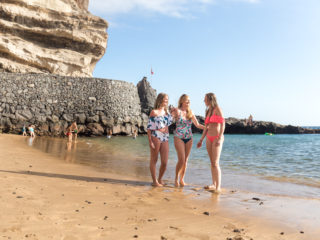


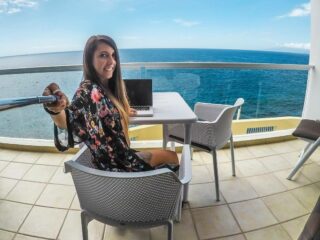
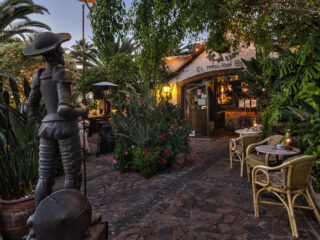
Comments are closed.